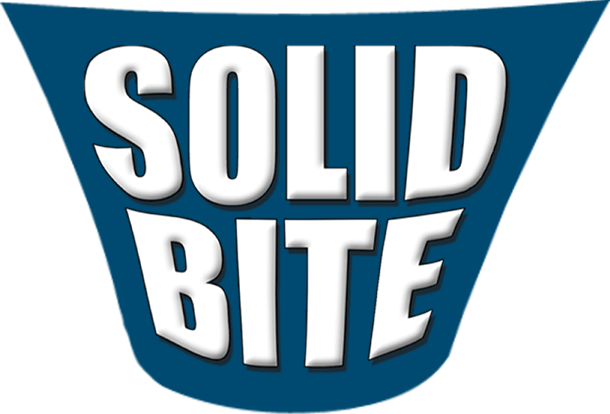The Chronic Headache: A Dental Answer
Over 80 million of us in the United States suffer from chronic headaches, migraine or TMJ/D issues according to the National Institutes of Health. That is more than one in four of every U.S. household. For most, it is a way of life. You wake up and it’s another day of head pain. You take some pills to relieve the pain, but the pain is always there. It’s just dulled a little bit. You have to function, so you try to block the pain out, find something productive to do so that you’re not thinking about the pain. Every once in a while the pain becomes so severe that you can’t even think of getting out of bed.
So you see the doctor. You have x-rays and scans done to rule out a brain tumor. And sure enough, you don’t have a brain tumor. That’s a relief! But still, the pain continues. You are given medication that you can take by mouth, maybe a medication that you can inject into your thigh when the pain becomes really bad, like a migraine. So you travel from moderate pain to occasional bouts of severe pain, but never any pain relief. In fact, it’s been years since you had relief of pain. If you’re nodding your head, you are this person or you are very close to one who is this person.
So what does the chronic headache patient have in common with every other headache patient? First, you’ve probably had head trauma some time in your life. You may have gone to the emergency room, may have worn a cervical collar, probably were put on pain medications and muscle relaxants. It could have been something small like a minor car accident years ago you have forgotten about, or caused by something more memorable like having your wisdom teeth pulled. The question is, did the head heal back in the same relative position. And the answer is, likely not. The head has a myriad of nerves and muscles. It is connected to the rest of the body by the cervical vertebrae of the neck. And the head is connected to a bone that can swing right, left, and up and down. That is the jaw bone. And the jaw bone is regulated by the position of the teeth, particularly when the mouth is closed. The teeth usually fit together just fine, like gears in a motor. But after head trauma, that fit may not be exactly the same, the gears are “off” a bit. The teeth have nerve receptors that send signals as to the proper position of things. So the teeth send out the signal that they are not in the correct relative position. This sends a message to other structures, such as the nerves, tendons, and muscles to put the jaw in the correct position. But the muscles, nerves, and tendons have to strain to do that. So now, instead of having a toothache, you have a jaw ache, because the jaw is now out of position and the muscles are struggling to keep it in that position.
Those muscles can’t hold that position very long, without becoming tired and fatigued. They start to hurt, and because those muscles are connected to other muscles of the neck and the back of the head, they start to hurt too.
It is actually the dentist that might produce the greatest improvement in this malady, because the dentist can place a plastic jig in the mouth, which if prepared carefully, can short-circuit the nerve receptors. And that can result in jaw relaxation.
Now, new technologies can assist in that treatment. Using a variety of modalities that measure the force of the bite on the teeth, we can better pinpoint the bite diagnosis. And through modalities often reserved for high end sports medicine, a properly equipped and trained dentist can use microcurrent, ultrasound, and cold laser, to rehabilitate the muscles. Once complete rehabilitation occurs, the bite can be lightly adjusted to recreate the normal dental forces within the normal jaw position.
So, if you have headaches, they could be dental force related and they don’t have to remain. A simple, painless exam might answer the question. It is just a matter of reversing the trauma that put you in that position in the first place. With that accomplished, you can live a normal life again.
Lee N. Sheldon, DMD




